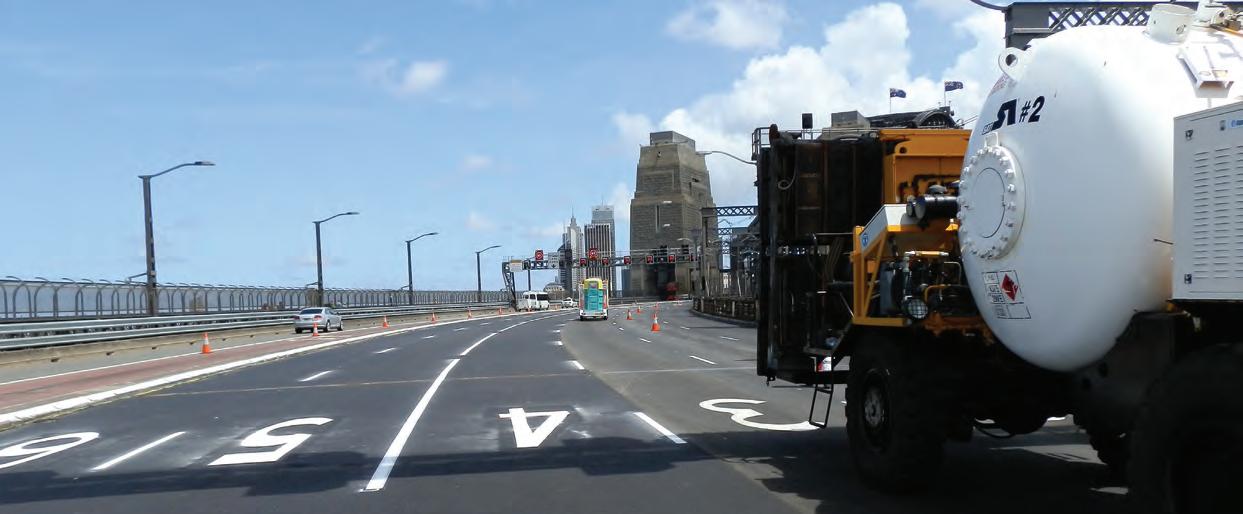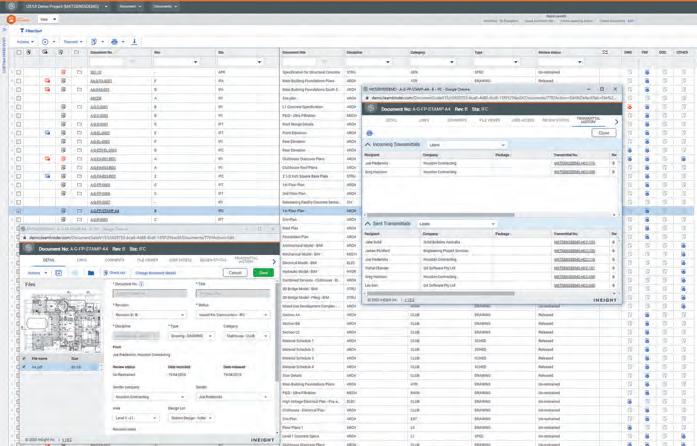CONQUERING A CRUMB
RUBBER CHALLENGE PUMA BITUMEN’S NEW CRUMB RUBBER MODIFIED BINDER IS SET TO BECOME A STANDOUT IN ITS SUITE OF HIGH PERFORMANCE ROAD BINDERS. MEETING AUSTROADS BINDER SPECIFICATIONS, IT HAS BECOME ONE OF THE FIRST CRUMB RUBBER BINDERS THAT REQUIRES NO CHANGES TO A STANDARD ASPHALT MIX DESIGN.
I
n 2019, the Victorian Department of Transport, Tyre Stewardship Australia and the Australian Road Research Board set the road construction industry a challenge. As part of a plan to accelerate crumb rubber asphalt, industry was asked to create a high-performance mix equivalent to their current stone mastic asphalt with polymer modified binder. Consequently, the Department of Transport and Tyre Stewardship Australia announced tenders in 2020 for up to six variations of high-performance asphalt. These asphalt mixes will make up a largescale trial of crumb rubber asphalt on an arterial road, taking place in Melbourne. Results from the trial will be used to inform Victorian crumb rubber specifications for arterial roads. By giving
authorities and end-users the confidence to incorporate crumb rubber in high-traffic applications, its usage will continue to grow and subsequently reduce the environmental impact of end-of-life tyres. It has now been four months since the trial was announced, and the road construction industry has been prepping its rubber asphalt mixes for implementation. Partly inspired by the Department of Transport’s challenge, major bituminous product supplier Puma Bitumen developed OLEXOCRUMB, a crumb rubber binder that will be used in the trial. “Going further for better-performing roads” is not just a tag line, but an ethos deeply embedded in the character of the Puma Bitumen team. This ethos is shown in their latest creation, OLEXOCRUMB,
“Going further for better performing roads” is not just a tag line, but an ethos deeply embedded in the character of the Puma Bitumen team.
26
ROADS APRIL 2020
which conforms to the Austroads polymer modified binder specification and can, therefore, be used in existing contracts. The binder incorporates 10 per cent recycled tyre rubber and can be incorporated into asphalt mix designs as a direct substitute for conventional polymer modified binders. As the rubber provides elastic properties to the binder, the mix represents a highvalue application of the waste material, with every tonne produced repurposing the equivalent of 15 passenger tyres. Erik Denneman, Puma Bitumen Technical Manager – Middle East and AsiaPacific, says the initiative to develop OLEXOCRUMB came from the challenge society and governments are facing in finding beneficial uses for waste tyres. With countries like India clamping down on used tyre exports, the export of whole baled tyres is increasingly becoming unsustainable. Over the past five years, Australia generated 56 million equivalent passenger units annually, with used tyres that are not recovered often sent to landfill or stockpiled. Dr. Denneman says that OLEXOCRUMB will help reduce Australia’s tyre burden by demonstrating performance outcomes that can compete with existing options. “The performance of OLEXOCRUMB is equivalent in all aspects of performance to our existing polymer modified binders,” Dr. Denneman says. OLEXOCRUMB is a hybrid binder, containing both tyre-derived rubber and styrene-butadiene-styrene rubber. The key benefit to this particular crumb rubber binder is that the asphalt mix design does not have





















